You Got A Bite! Now What?

Feeling that nibble at the end of your line is an exciting moment. Adrenaline shoots through your body and your muscles tense.
This is the moment that you wonder if you’re about to set a record. It’s also the moment that “the one that got away” stories begin.
We’re here to make sure that you don’t have to tell that story when you get home, and that fish end up in your livewell where they belong.
We’re going to start with a few easily controlled items that are the most common causes of “the one that got away”.
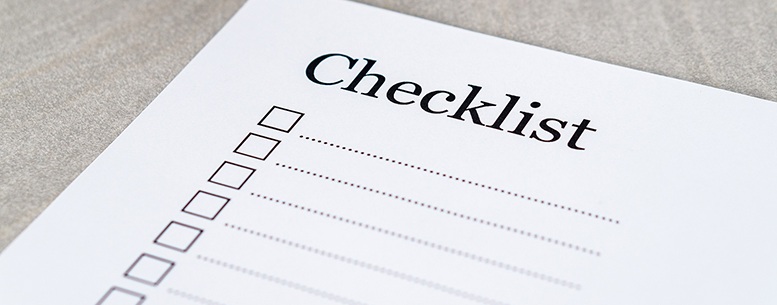
Plan your lures:
We all have our favourites, but if you’re after a specific species you’re going to need a lure that mimics their food or you’ll never get a bite in the first place.
Inspect your equipment:
Old rods crack, old reels cease, and old hooks dull. Make sure that everything is in good working order, and leave yourself enough time to sharpen your hooks, replace your line, or head out to your favourite gear store before your trip.
Plan your location:
If you are using a specific lure for a specific species, you won’t have much if you’re not fishing where they eat. Do a little research about your species to understand what depth and temperature they typical feed at, and other habits that will help you use your lure to it’s fullest.
Be Prepared:
Bring proper fish-handling gloves and a reliable net. Also make sure to bring backup rods, lines, lures, and anything else that may need to be replaced on the fly.
If you’re hitting the lake with all of this in mind and ready to, you already have a running start and should expect a bite in no time. Once you do, it’s going to be difficult not to let your instincts take over. If you are able to overcome that wave of adrenaline and be consciously aware of what’s going on, here’s the process you should follow to reel in that fish.
Set The Hook
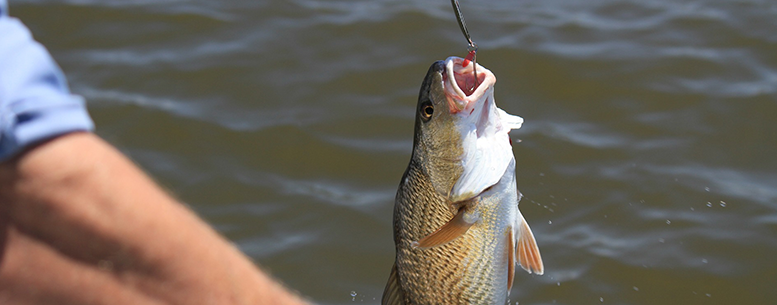
Setting the hook simply means ‘securing the hook into the fish’s mouth’, and this is the second most common reason why fish get away. Once you feel a bite, 1 of 3 things are going to happen.
– You’ll set too gently, and the fish will swallow the hook or spit it out.
– You’ll set to roughly, and you’ll tear the fish’s cheek and it’ll swim off
– You’ll set it just right, and have a chance to reel it in without injury or disfiguring the fish.
You’ll have to act quickly. As soon as a bite is confirmed, tighten any slack you have. Then, using your wrists and elbows, snap the rod tip upwards. Don’t raise your rod arm over your heard, it’s a little extra.
If you’re having trouble picturing how much force to use, think of a person getting their ear pierced. Do it too slowly and you’ll have to struggle and there will be more pain than necessary involved. Do it with too much force, and damage will occur. What
you’re looking for is a quick, smooth motion.
Start Reeling
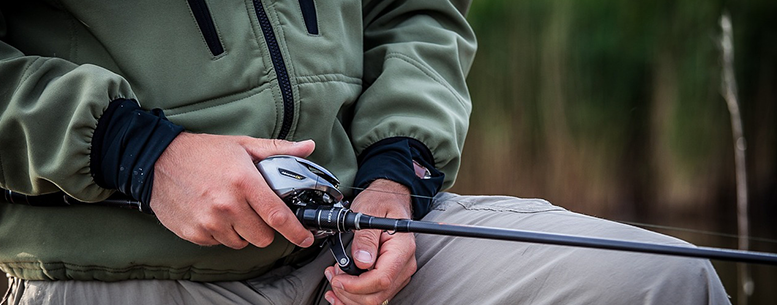
Some fish have more fight in them than others, and some are more clever than you might think. They’ll use obstacles to deter your efforts, brute force to snap your line, and thrashing to try to shake your hook.
The first thing to pay attention to is which way the fish is pointed. If it’s away from you, keep your hands off the reel. Let your line’s drag setting do it’s job. “Playing” the fish this way will tire it out.
Once the fish stops swimming away or when it begins swimming towards you, it’s time to start reeling. The trick is to make sure that there is never any slack.
Keep your rod’s tip up while doing this, but not over your head.
If you’re ready for a more advanced technique, Pumping is your next step.
Pumping is your next step
Keep the same technique as not reeling when the fish is swimming away from you.
When it swims towards you, tip your rod upwards above your head. The angle creates a lot of leverage that pulls the fish towards you.
Lower your rod almost horizontally to create slack. Act quickly and reel the line until it’s tight again.
Repeat
This pumping action takes a lot of energy for the fish to fight against and will tire it out quickly. Using the dynamics of the rod to pull it in avoids spinning your reel too much and tiring out your wrists. It also gives a better ability to tell how hard the fish is fighting which enables you to use your drag setting before the line snaps.
Throughout this entire process, make your best effort to steer the fish away from rocks or other obstacles that your line can rub against. You’ll hear a lot of stories about strong line breaking after a bite, and this is why.
Before too long, your fish will be right beside your boat.
If you’re more of a visual learner, check out this clip of the right way to bass fish.
The only mistake he makes is the brand of his boat
Time To Land
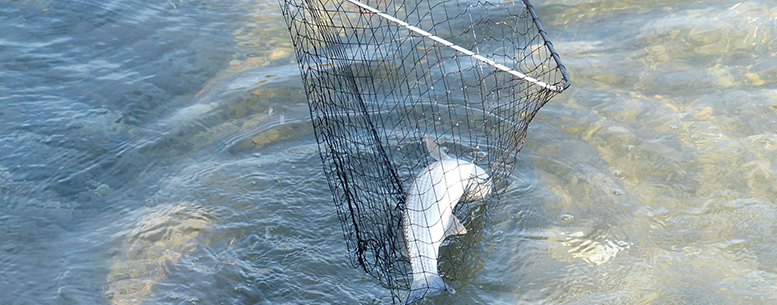
Keep pressure on your line and your rod’s end pointed up, trying to keep it as vertical as possible. If there’s still a lot of fight, let it pull around a bit until it’s tired out.
Dip your net into the water away from the fish, and bring it up underneath it. Use your rod to steer the fish by the head towards the net.
Bring the up around the fish and into the boat quickly. You want to avoid instigating a final attempt at getting away.
Work the Hook
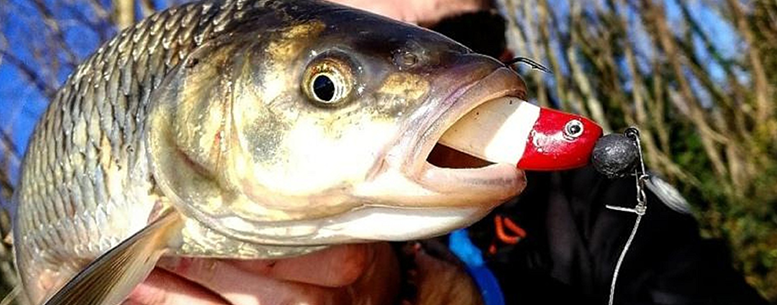
Fish are slippery, some are prickly, and your hook is pointy. Always wear gloves.
If you’re able to without risk of the fish getting away, hold the fish belly-side up in the water for a few moments. This disorients and pacifies the fish, making it easier to work with the hook.
The hook is going to be in a variety of places in the fish’s mouth. Instead of explaining each and every scenario use this rule of thumb: Pull the hook out in the same direction that it entered. This is the path of least resistance.
In some cases, it’s much easier to use needle nose pliers or even a disgorger on hard to reach hooks.
If your fish has swallowed the hook and you plan on keeping it alive, you will have to make a small cut in the flesh surrounding the hook. This does far less damage than trying to slip it out the way it went in or simply yanking on it.
There are a few reasons why you would want to keep the fish alive:
– It’s too small
– It’s out of season
– You’re over your daily limit
– You prefer catch and release
If you plan on keeping fish alive, it’s best to avoid a barbed hook. Circle hooks are far easier to remove and more than 10 times more likely to allow your fish to survive.
All of this may sound a little complicated, but you’ll find that it won’t take long to become second nature.